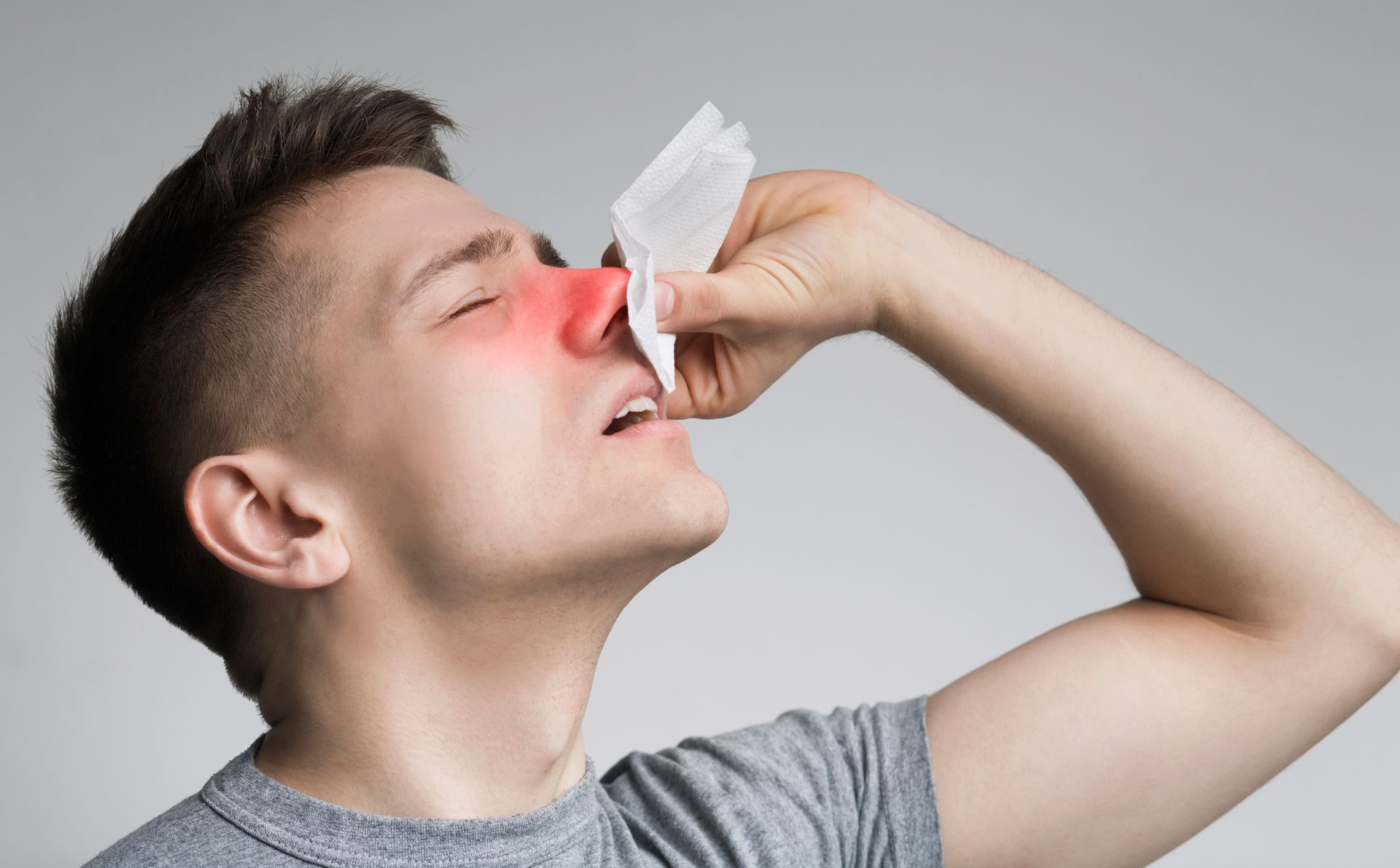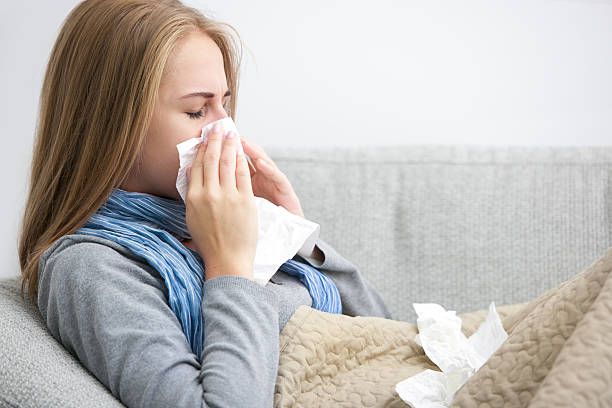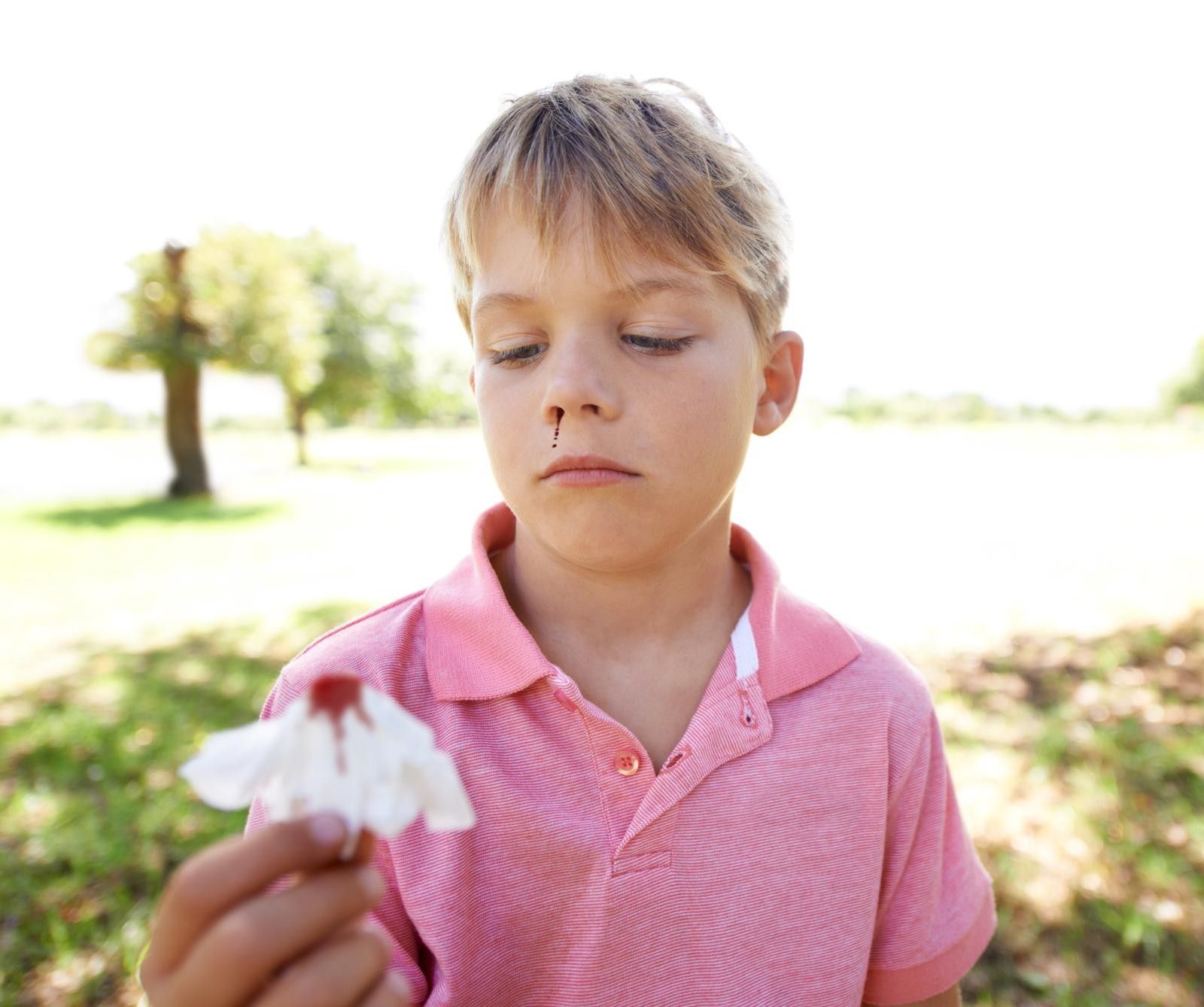The Causes, Symptoms, and Treatment for Postnasal Drip
With the arrival of allergies and colds, it seems like everyone is dealing with a runny nose and that pesky post-nasal drip. But what exactly is post-nasal drip? Read on to learn more about postnasal drip, what it is, what causes it, and what we can do about it.
Postnasal drip, also known as upper airway cough syndrome, is a condition characterized by the excessive production of mucus by the nasal glands. This excess mucus can accumulate in the back of the nose and throat, leading to various symptoms. The excessive mucus can irritate the throat, causing a persistent cough and a feeling of the need to clear the throat frequently. Other symptoms may include a runny nose, nasal congestion, and a feeling of the mucus dripping down the back of the throat.
Causes of Postnasal Drip
There are several factors that can contribute to the development of postnasal drip:
Cold and Flu
Respiratory infections like the common cold or influenza can lead to postnasal drip due to increased mucus production.
Allergies
Allergic reactions to substances such as pollen, dust mites, or pet dander can trigger excessive mucus production.
Sinus Infections
Infections in the sinuses, such as sinusitis, can cause inflammation and increase mucus production.
Certain Medications
Some medications, such as those used to treat high blood pressure or allergies, may cause dryness in the nasal passages, leading to postnasal drip.
Environmental Irritants
Exposure to irritants like smoke, strong odors, or air pollution can result in excessive mucus production.
Gastroesophageal reflux disease (GERD)
Acid reflux can irritate the throat and nasal passages, causing increased mucus production.
What are the Symptoms of Postnasal Drip?
Postnasal drip can manifest through various symptoms, including:
· Constant need to clear the throat
· Feeling of mucus dripping from the back of the nose down the throat
· Persistent cough, especially at night
· Sore throat or hoarseness
· Frequent swallowing
· Nasal congestion or stuffiness
Treatment Options for Postnasal Drip
When it comes to managing postnasal drip, several treatment options are available:
- Nasal Irrigation. Nasal irrigation involves rinsing the nasal passages with a saline solution using a neti pot or nasal spray. This helps flush out excess mucus and reduce nasal congestion.
- Over-the-Counter Medications. Antihistamines and decongestants can help alleviate symptoms associated with postnasal drip. Antihistamines work by reducing allergic reactions, while decongestants help shrink nasal tissues and decrease mucus production.
- Prescription Medications. If postnasal drip is caused by underlying conditions like chronic sinusitis or allergies, your healthcare provider may prescribe medications such as corticosteroids or nasal sprays to reduce inflammation and control symptoms.
- Home Remedies. There are several self-care measures that can provide relief from postnasal drip:
- Stay hydrated by drinking plenty of fluids.
- Use a humidifier or take steam showers to moisturize the nasal passages.
- Avoid known triggers like allergens, irritants, and foods that may worsen symptoms.
- Elevate your head while sleeping to prevent mucus from pooling in the throat.
- Address Underlying Conditions. If postnasal drip persists or worsens despite self-care measures, it is important to consult with a healthcare professional. They can evaluate your symptoms, identify any underlying conditions, and recommend appropriate treatment options.
It's important to note that postnasal drip may lead to complications like chronic cough, or throat infections if left untreated.
Signs That Indicate the Need for Professional Intervention
Persistent Symptoms: If your postnasal drip symptoms, such as excessive mucus production, sore throat, or coughing, last for more than 10 days, it's important to consult a healthcare professional.
Severe Discomfort: If your symptoms are causing significant discomfort or interfering with your daily activities, medical intervention may be necessary.
Associated Infections: If your postnasal drip is accompanied by symptoms such as fever, facial pain, yellow or green nasal discharge, or difficulty breathing, it could indicate an underlying infection that requires medical attention.
Conclusion
Postnasal drip can be bothersome, but with proper understanding and management, its impact on your daily life can be minimized. By addressing the underlying causes, effectively treating symptoms, and adopting self-care measures, you can find relief from postnasal drip and improve your overall quality of life.
If you have any questions or believe you may be experiencing postnasal drip, don't hesitate to reach out to us. At Kentuckiana ENT, we have partnered with ENT Care Centers to provide you with comprehensive and compassionate care. Our team of professionals is dedicated to helping you find relief and improve your overall well-being. Contact us today for the support and expertise you need.













